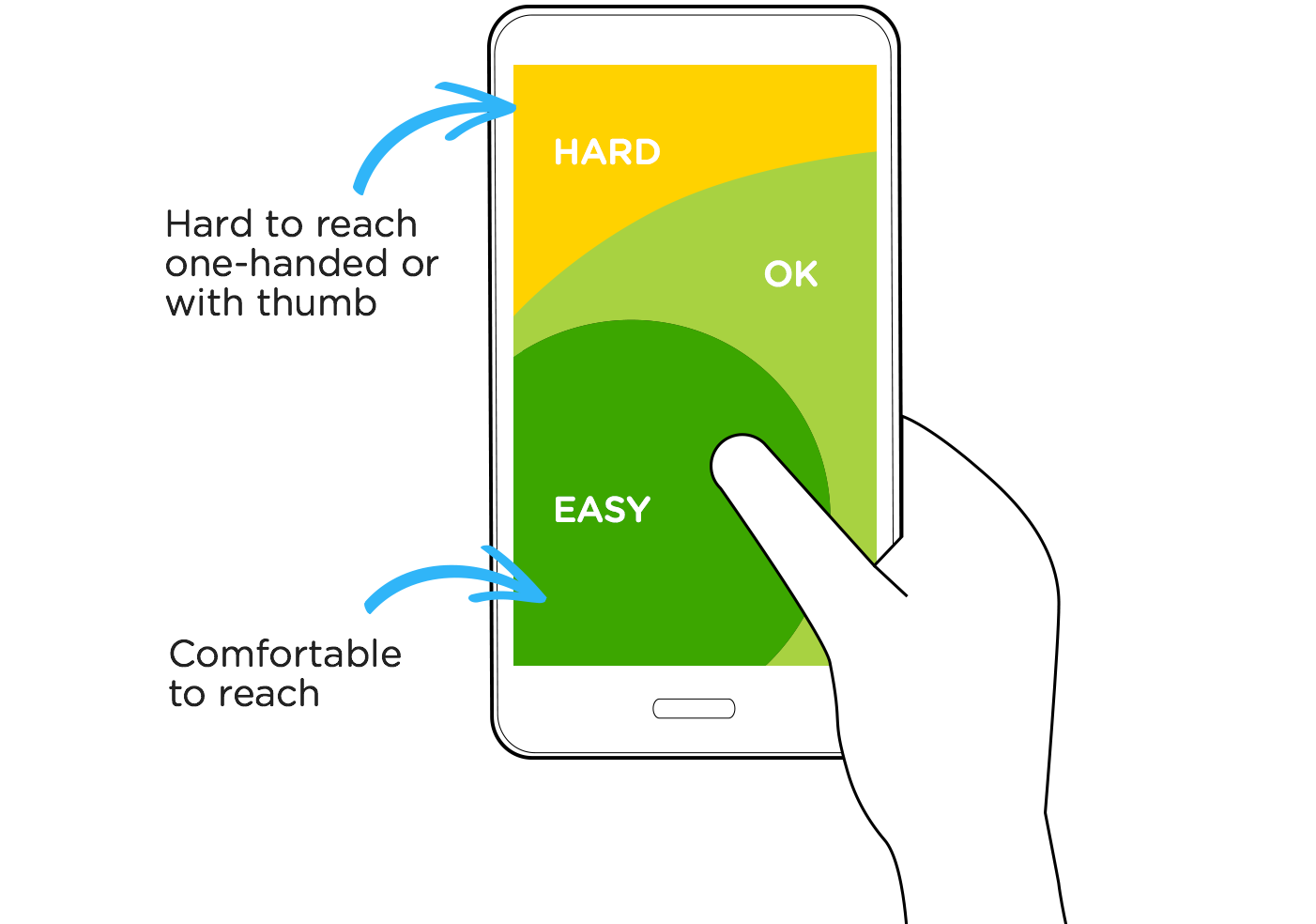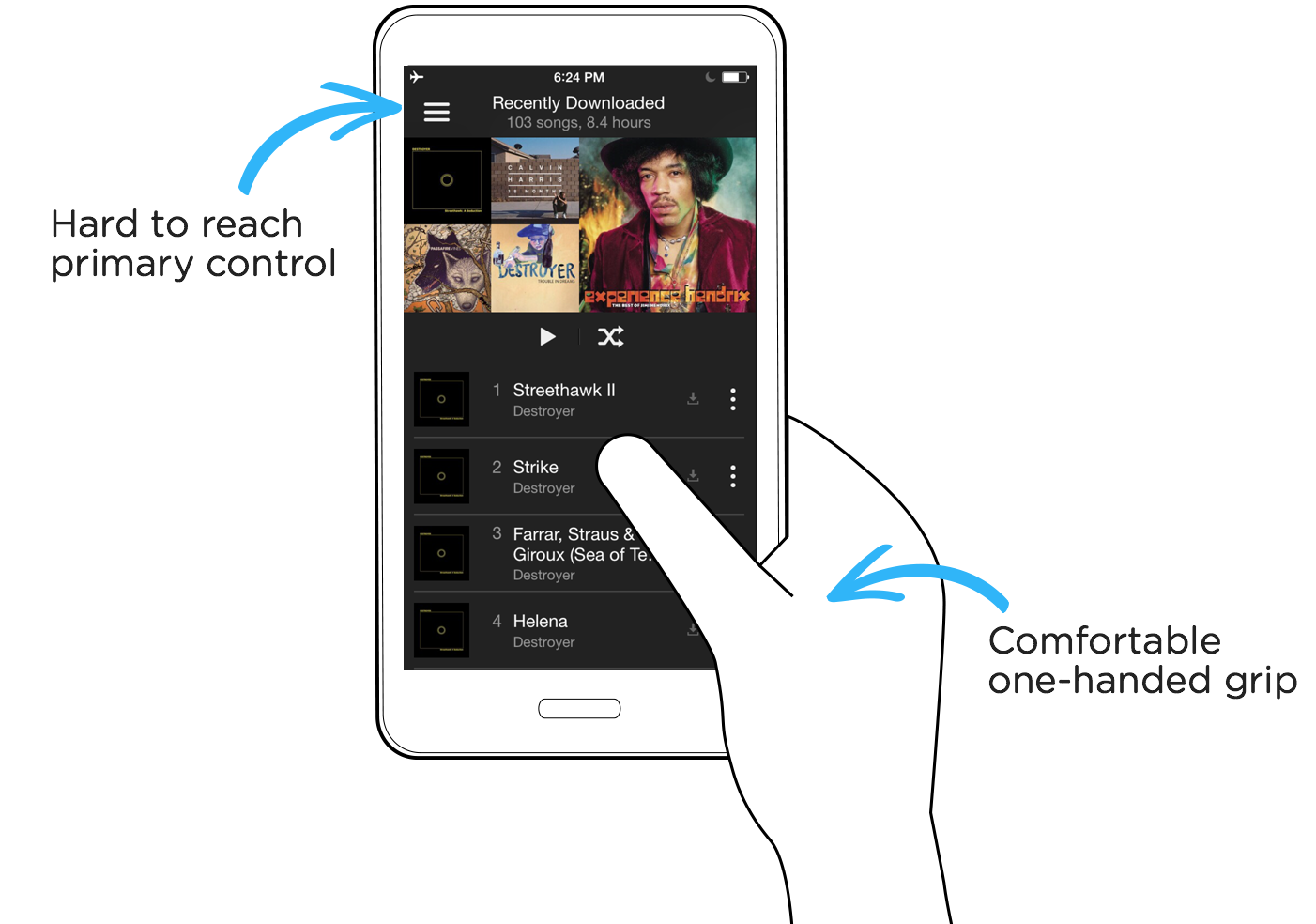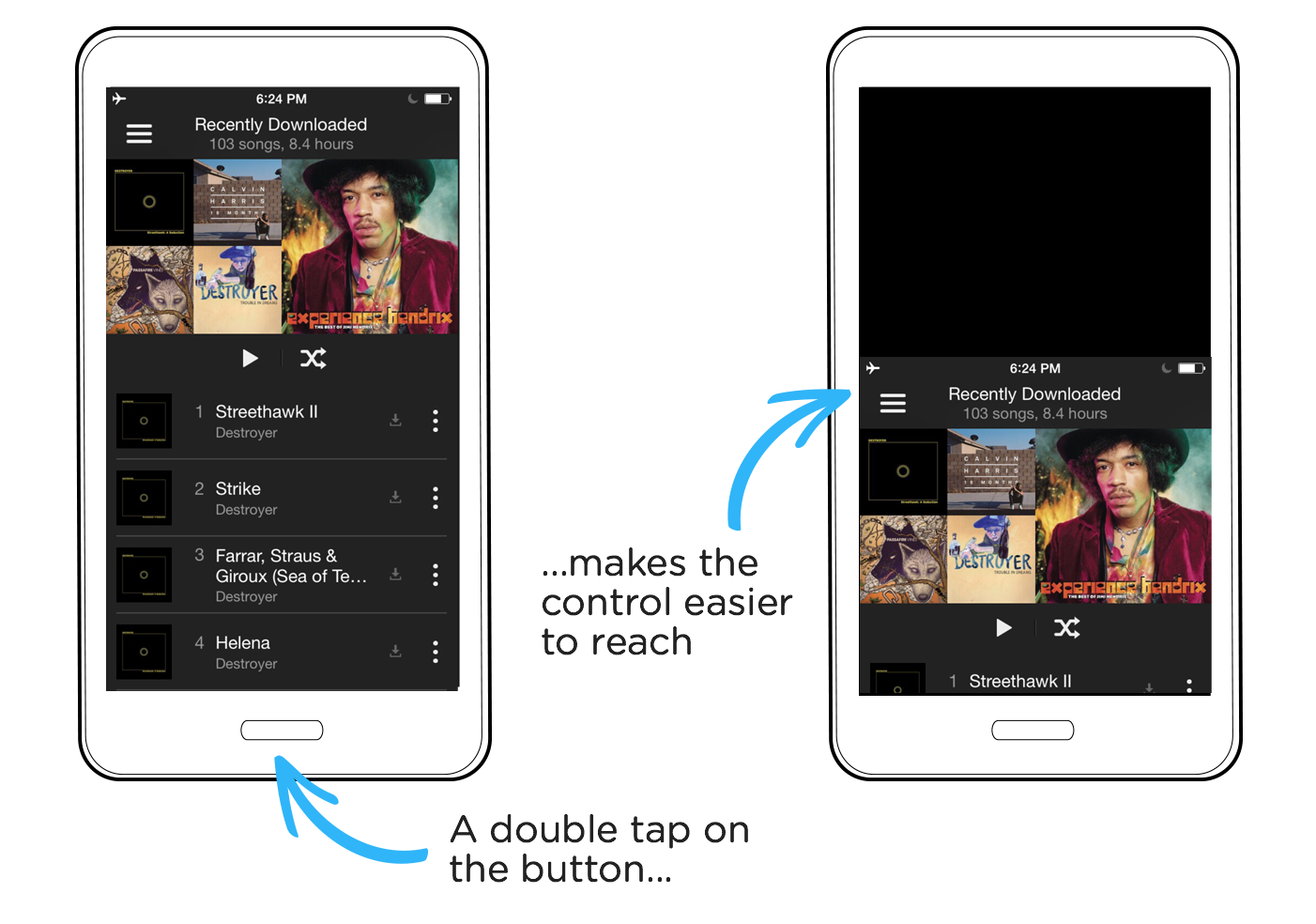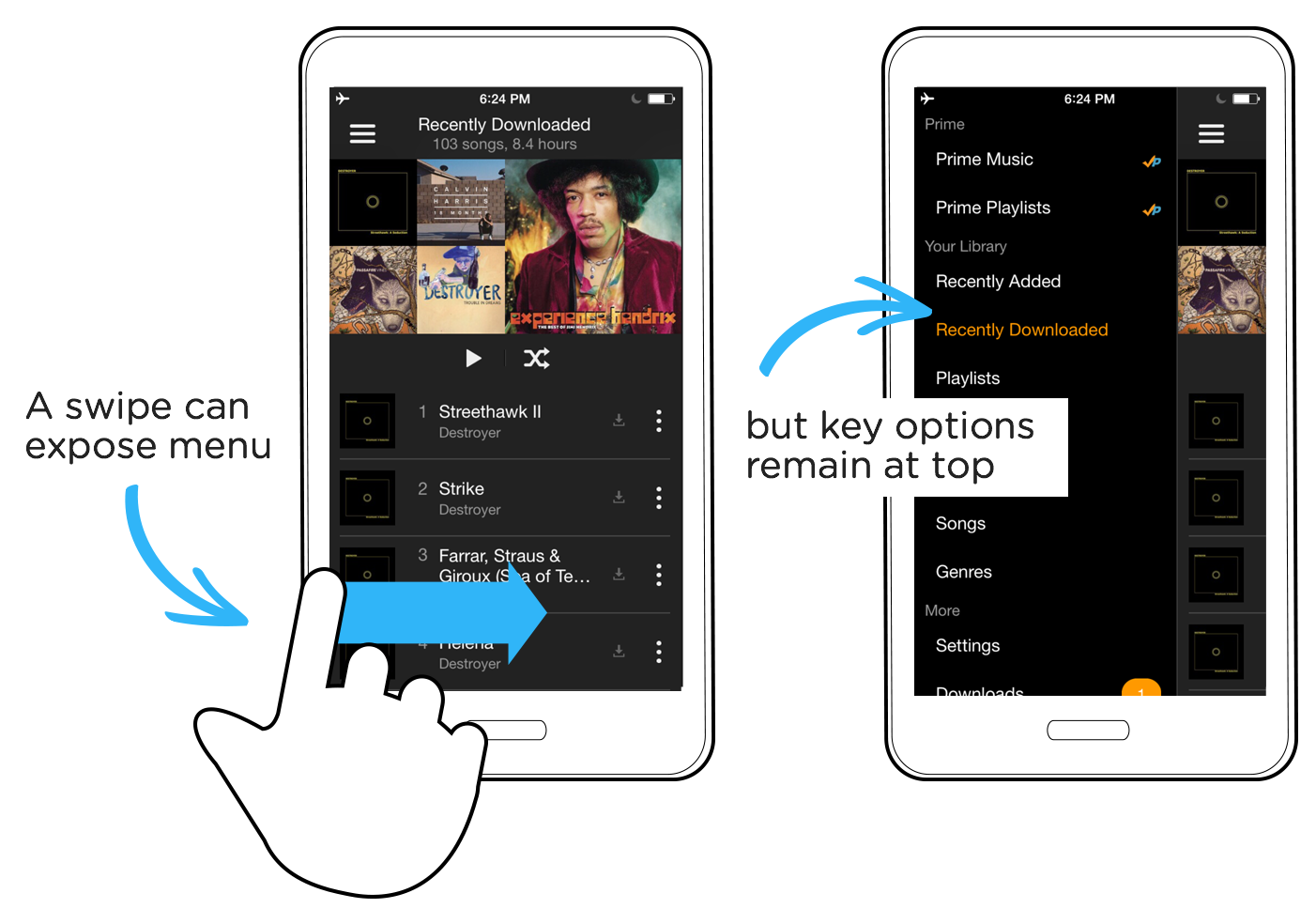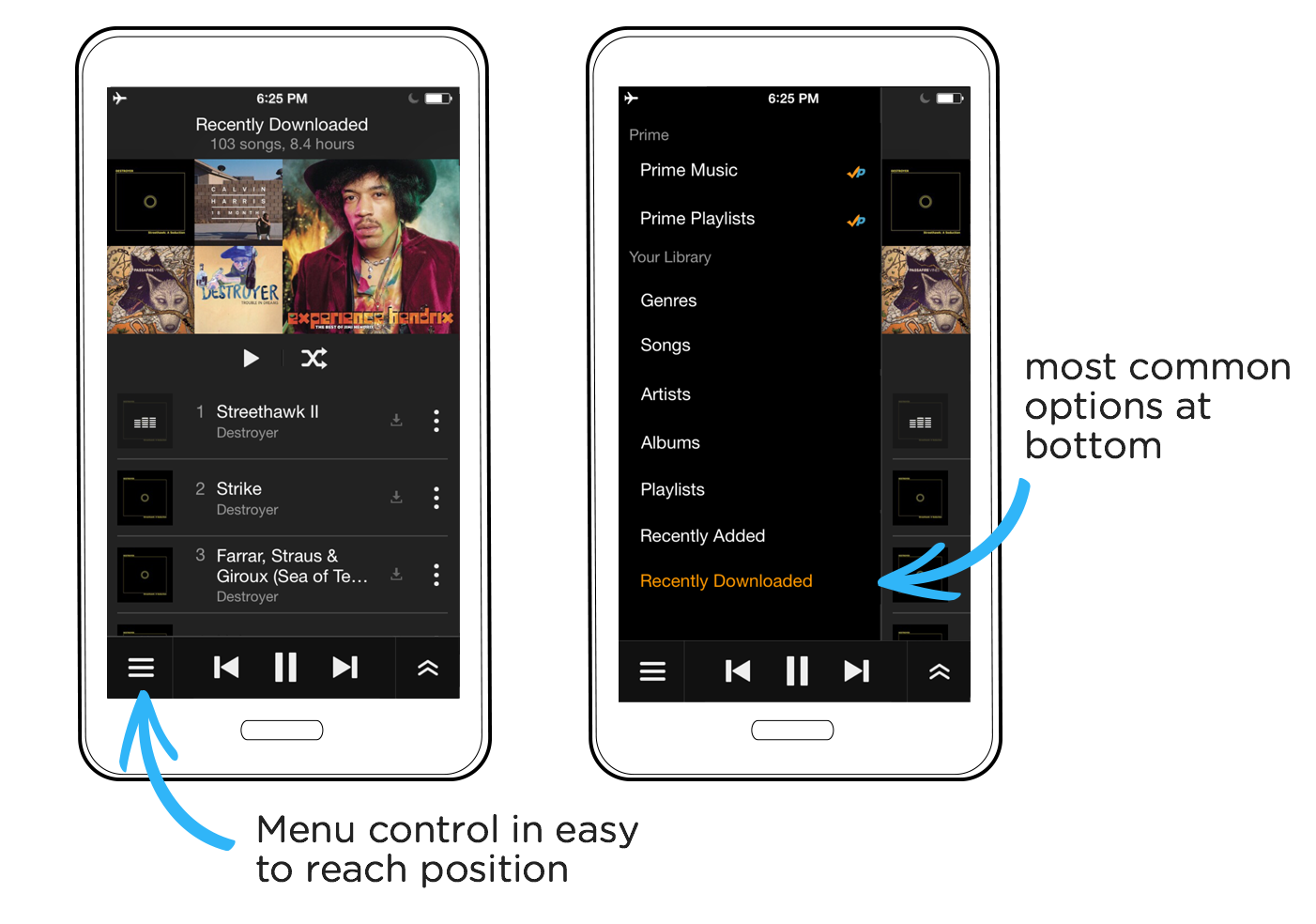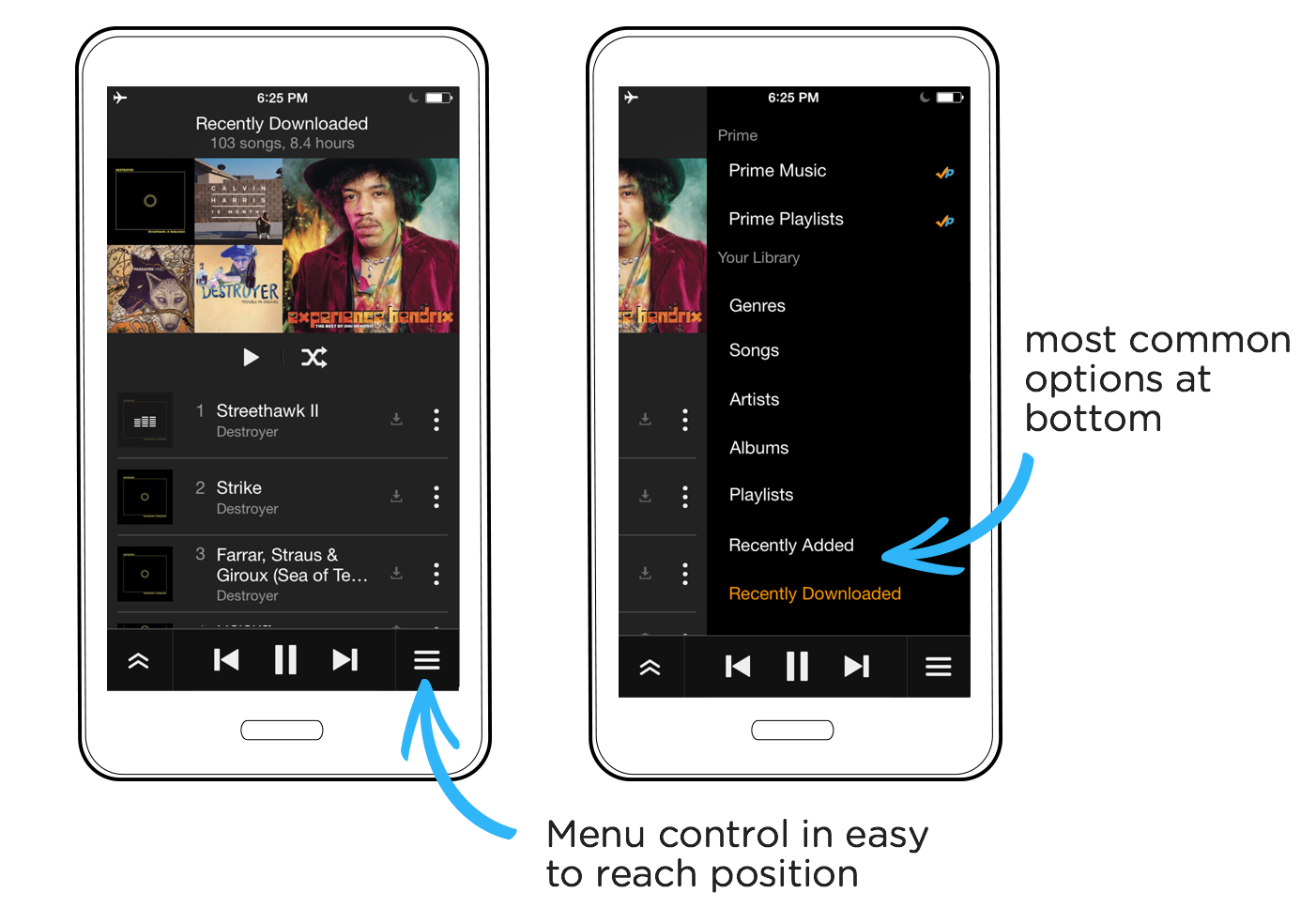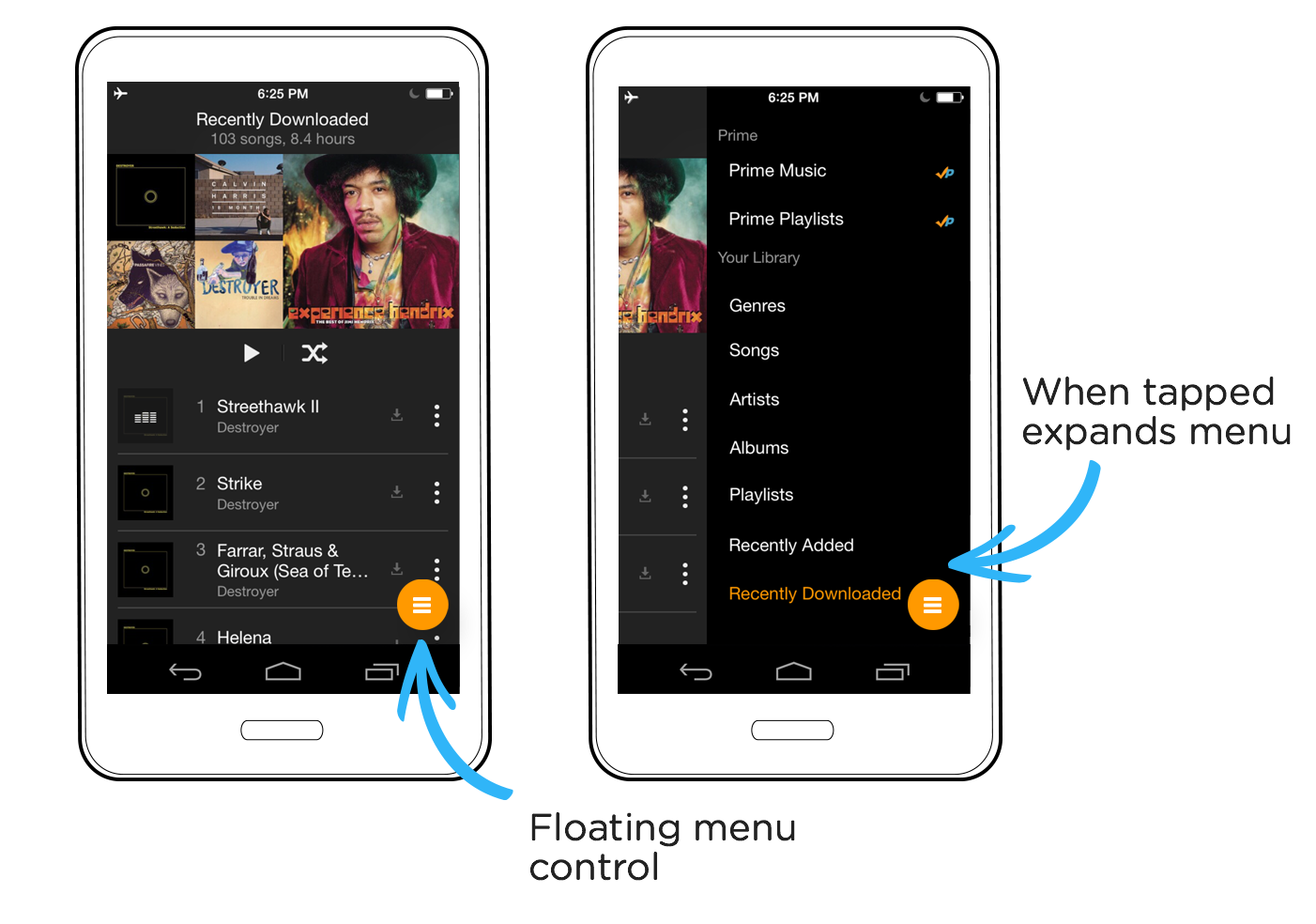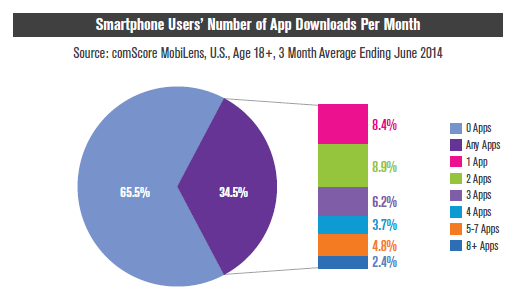Everyone loves a good list, and this one by Greg Hickman is a beauty. See below 23 mobile marketing stats that will motivate you into your next mobile campaign.
23 Crazy Mobile Marketing Stats Show Mobile Is A Must In Your Business

You’ve probably heard mobile marketing is something you need to pay attention to.
This might even leave you scratching your head because you’re not really sure what impact mobile is having on your existing marketing.
Time and time again when I’m speaking at conferences and share the below information they approach me…sometimes in shock.
You see, mobile marketing is one aspect of your strategy that literally touches everything you’re already doing when it comes to marketing.
The devices that we carry with us each and every day really have changed how we do business.
Are you not sure what impact mobile has and will continue to have on your business now and into the future?
These 23 mobile marketing stats show you that it’s something you MUST add to your marketing strategy:
1. More People Access Internet From Their Phone Compared to PC
It was expected to happen in 2015 but we’ve already seen a glimpse into our future…almost a year early. In early 2014, internet usage from mobile devices has exceeded PC usage.
 As your customers primary content consumption shifts more and more mobile, delivering a seemless user experience on any device will be critical in keeping customers around. At the same time, prospects who may be finding you for the first time, are more likely now than ever to find you on a mobile device.
As your customers primary content consumption shifts more and more mobile, delivering a seemless user experience on any device will be critical in keeping customers around. At the same time, prospects who may be finding you for the first time, are more likely now than ever to find you on a mobile device.
Your first impression will be mobile. Make it a good one.
2. 40% Of Mobile Searches Have Local Intent
 If your business has any sort of local presence (read brick and mortar), it’s no longer a nice to have to offer a mobile friendly website. We’ve discussed the many ways you can create a mobile-friendly website that there are no more excuses. With mobile local search nearing 50% of all mobile search queries, this combined with the next behavior make mobile mandatory.
If your business has any sort of local presence (read brick and mortar), it’s no longer a nice to have to offer a mobile friendly website. We’ve discussed the many ways you can create a mobile-friendly website that there are no more excuses. With mobile local search nearing 50% of all mobile search queries, this combined with the next behavior make mobile mandatory.
Source: Google Mobile Moments Study
3. 70% Of Mobile Searches Lead To Action On Websites Within 1 Hour
 Talk about a slam dunk for your local businesses…if your local business is setup to deliver on the actions your mobile searcher is looking to take. In most cases mobile searchers are looking for hours, locations, if you’re open and directions. Ideally, these actions are easy to take because you’veoptimized for local intent.
Talk about a slam dunk for your local businesses…if your local business is setup to deliver on the actions your mobile searcher is looking to take. In most cases mobile searchers are looking for hours, locations, if you’re open and directions. Ideally, these actions are easy to take because you’veoptimized for local intent.
Source: Survey Monkey
4. 70% Of Consumers Delete Emails Immediately That Don’t Render Well On A Mobile Device

We all do it every single morning…
The alarm goes off…on our phone…and it’s the first thing we reach for.
We check Facebook and email. We delete all of the emails that we don’t want to deal with. A lot of those emails are getting deleted because they look like crap on a phone. I’m half asleep, don’t make pinch and zoom just to read your email.
With more and more of email being read (and deleted) from mobile, it’s important you make your email mobile friendly.
Source: Blue Hornet
5. 62% of All Email Is First Opened On A Mobile Device

If the money is in the list…the list is now mobile. Now more than ever your sales emails, promotions and content are being consumed from a mobile device. Make sure your email is mobile-friendly and don’t risk cutting your email list size in half.
Source: (Econsultancy)
6. Over 95% of Emails Are Opened On One Device. Very Few Users Open Email on Mobile and Save For Desktop Later
 Are you using the 5-9 technique to make sure your emails get opened when your users want to read from mobile? You may only have one shot. If it’s opened and it’s not mobile-friendly your email is likely to be deleted.
Are you using the 5-9 technique to make sure your emails get opened when your users want to read from mobile? You may only have one shot. If it’s opened and it’s not mobile-friendly your email is likely to be deleted.
Source: Knotice
7. 65% of Podcasts Are Listened To On A Smartphone

If you’re a podcaster, you know it’s hard getting listeners to your show notes. That means you’re missing conversion opportunities. I wrote a step-by-step tutorial on how to capture email addresses from your podcast.
Bonus: If you want to learn how to implement SMS text messaging for your podcast, my new training, Convert From Anywhere launches early November. Get Early Updates:
Just click here to sign up.Source: Libsyn
8. 40% of Global YouTube Views Are On A Mobile Device

Mobile video is where it’s at if you ask YouTube who see over 40% of their views coming on a mobile device. What’s interesting to me is that if you have a call to action where you ask your viewer to click an overlay in your video, you can’t actually perform that action in the mobile app. Re-think your call-to-action and make sure to point users to the comment section for any links.
Source: TechHive
9. 68% of All Clicked “Like” Buttons on Facebook Come From Mobile

Tryin’ to build your Facebook presence? Well, pretty much most of your Facebook engagement and “like” acquisition is happening on mobile. What about the rest of your calls-to-action? Yup, they are taking action right from their phone. Are you ready?
Source: TechHive
10. 75% of Users Access Twitter Through Mobile

Are you spending a lot of your marketing time and dollars on Twitter? Well, if you’re driving them to your website, blog or podcast, you’re now trying to convert them on a mobile device.
Source: TechCrunch
11. 80% of Mobile Users Use Their Device While Watching TV

Yup, mobile users are not always on the go. It’s time to start thinking about how your consumers multi-device usage can enhance your customer relationship.
Source: Exact Target Report
12. 90% of Shared Links to Blogs On Twitter Came From Mobile

I don’t want to sound like a broken record but I know many of us bloggers use Twitter to spread our content and it’s one channel for me specifically that drives social shares and brings people to my site…from a mobile device. Thankfully, I’m prepared to give my mobile users a great experience using responsive design.
Source: TechHive
13. 90% of All SMS Text Messages are Read Within 3 Minutes

If this doesn’t make you want to start using SMS text messaging in your business right now, I don’t know what will. There is no channel as immediate as this for connecting and converting your customers.
Bonus: If you want to learn how to implement SMS text messaging in your own business, my new training, Convert From Anywhere launches early November.Get Early Updates:
Just click here to sign up.Source: Conversational Advertising
14. The Open Rate of SMS is 98% Compared with 22% of Emails

Now this doesn’t mean abandon email. Email and SMS can work great together. Think about you can use SMS to communicate time sensitive information to your customers.
Source: Techipedia
15. Mobile Offers are Redeemed 10x More Frequently Than Print Offers

If you’re still relying on print to deliver your coupon offers, it’s time to start exploring mobile as a way to distribute your offers. With a 10x redemption rate compared to print, you can expect your mobile efforts to become aworkhorse in driving action.
Source: eMarketer
16. 43% Of Customers Are More Likely To Make A Purchase When Mobile Offers are A Part Of An Orchestrated Campaign That Unfolds Over Time Across Multiple Channels

No more spray and pray efforts when it comes to your mobile efforts. This is another huge reason that mobile cannot be looked at side project or secondary effort. It needs to be considered and included as a part of the strategy as a whole.
Source: Responsys
17. 70% Of Consumers Found All Types Of Push Notifications, Including Order Updates and Location-Based Messages To Be Valuable

Mobile messaging can be integrated into just about any business and with consumers finding value in all sorts of messaging it’s time to get creative with how you can add value to your customers lives by engaging with them on their mobile device within an app.
Source: Responsys
18. 90% Of Consumers Who Have Joined Mobile Loyalty Programs Feel They Have Gained Value From Them

How can you add a mobile loyalty program to your business? Whether it’s through an app or SMS messaging, connecting with customers in a personalized way on a consistent basis can drive engagement and sales.
Source: Zoomerang
19. Nearly Two-Thirds of Consumers Subscribed to Mobile Marketing Indicate That They Have Made A Purchase As A Result of Receiving a Hightly Relevant Mobile Message

Every time I speak I ask the audience if they receive mobile messages form brands and local businesses in the area and it’s always over 70% of the room that does. They find value from getting updates, offers, and deals right to their phone. Leveraging the immediacy of mobile can help drive your customers to make repeat purchases.
Bonus: If you want to learn how to build a mobile database check out my upcoming training, Convert From Anywhere that launches early November. Get Early Updates:
Just click here to sign up.Source: Responsys
20. Passbook Retail Offer Campaigns Deliver 3x Increase In Incremental In-Store Sales When Compared With The Same Offer via Email

With Apple releasing Apple Pay, iPhone 6 and iOS 8, a lot more people will be using passbook meaning retailers should take notice. Passbook is finally going to take liftoff and if you’re a retailer, you should be thinking about how you’ll leverage this to get these results.
Source: Responsys
21. 99% of Apps Only Get Used Once.

Unless your app does something amazing that no one else’s does, then the reality is that it will get downloaded, opened and forgotten about. You need to make your app sticky, meaning there is a reason for people to come back over and over to use it. Think about the apps that you use the most. They likely offer some sort of utility and or provide entertainment which keeps you coming back for more.
Source: The Social Media Hat
22. 74% Of Consumers Will Wait 5 Seconds For A Web Page To Load On Their Mobile Device Before Abandoning The Site

We’re impatient. Spoiler alert!  We’ve all been there. Looking for something on our phone and the site won’t load. What do we do? We leave and go to the next site that offers us a better experience.
We’ve all been there. Looking for something on our phone and the site won’t load. What do we do? We leave and go to the next site that offers us a better experience.
Source: Gomez
23. Nearly half of consumers say they won’t return to a website if it doesn’t load properly on their mobile devices.

Speaking of first impression. If your customers don’t have a good experience, you’re ruining your chances to gain a new customers, subscriber or follower. Make sure your mobile web experience surprises and delights.
Source: The Social Media Hat
You’re Crazy Not To Add Mobile Marketing To Your Strategy
Holy mobile marketing stats Batman!
As you can see, mobile has impacted just about everything you are already doing to market your business and connect with your customer. If you haven’t focused on delivering a great mobile web experience you should absolutely start there.
We’ve discuss that at length on the podcast so be sure to subscribe and dive in.
If you’re a regular reader here you know how effective SMS text message marketing can be. It’s one of the most powerful mobile channels you can use and that’s why brands such as Coca-Cola and Starbucks rely on it to drive engagement and sales.
I’m getting ready to launch a new training called, Convert From Anywhere. It will teach you how to build your email list, increase webinar show up rates and drive sales using SMS text message marketing.




![FP_Mobile_Old[1]](http://www.mobilecommercedaily.com/wp-content/uploads/2014/11/FP_Mobile_Old1.jpg)

